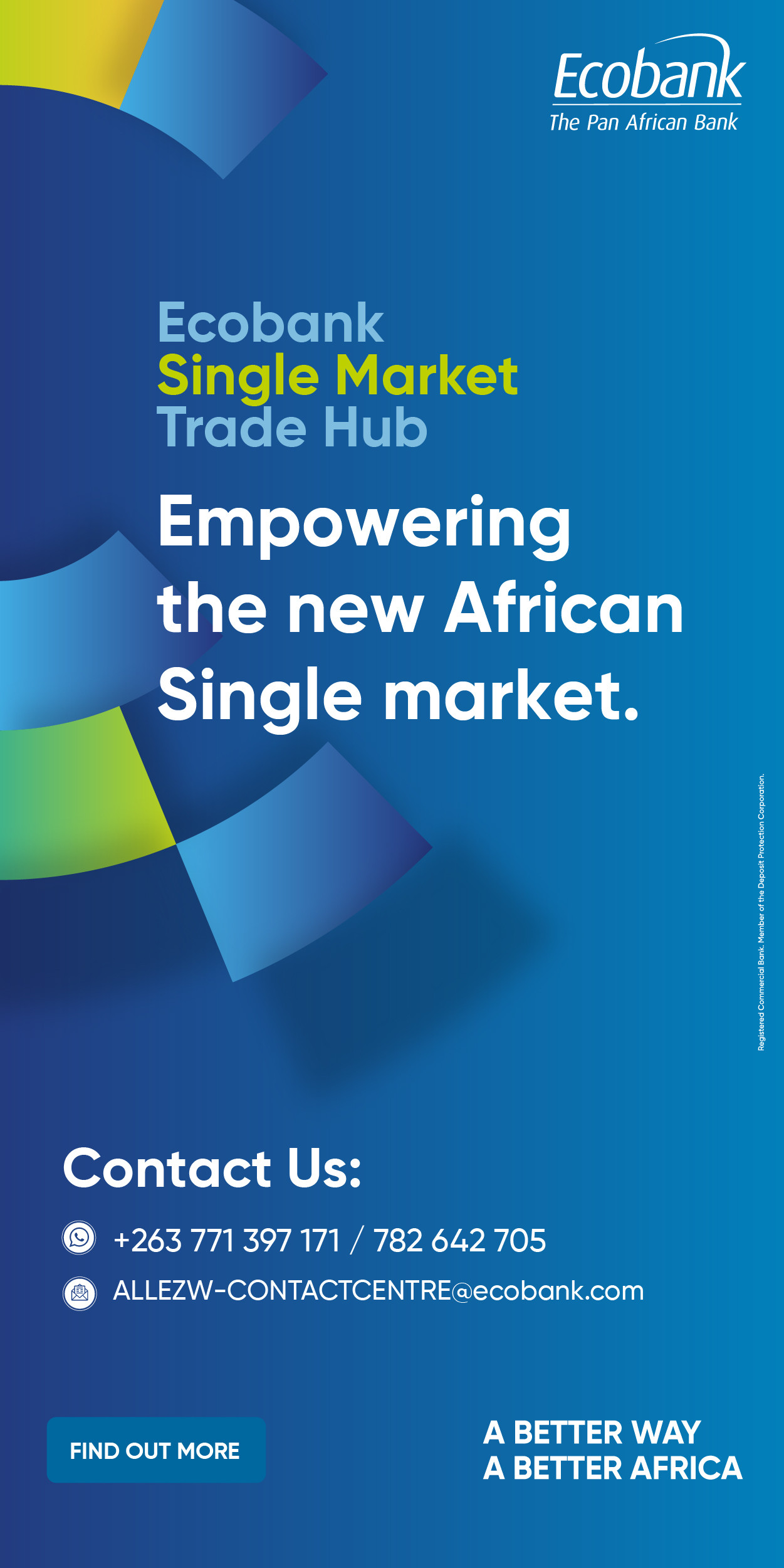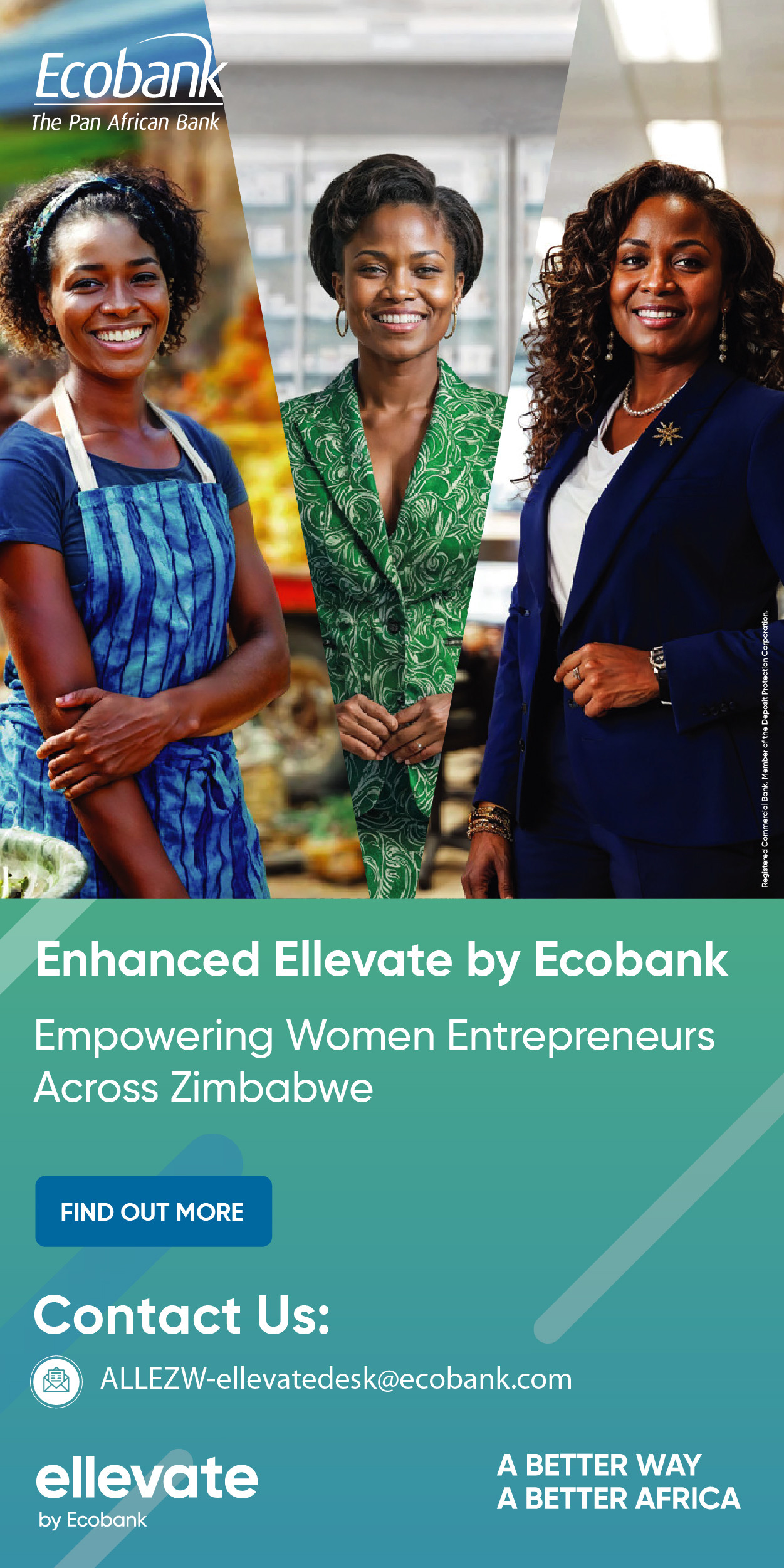- Achieved a 42% revenue growth, driven by a 110% surge in export equipment volumes, 47% increase in local implement volumes, and 80% rise in local spare volumes
- Despite the growth, Mealie-Brand faces challenges such as grey imports, informal sector dominance, erratic weather, and currency volatility
- To ensure sustainability, Zimplow must adopt transformative strategies, including advocating for stronger government enforcement against smuggling…
Harare- Zimplow Holdings, Zimbabwe’s leading manufacturer and distributor of agricultural and industrial equipment, has shown early signs of resilience in its flagship Mealie-Brand unit, which is recovering from its worst performance in 40 years.
According to its five-month trading update to May 30, 2025, the group reported a 10% revenue increase to US$12.07 million, with gross profit up 5% and 8% above budget.
Mealie-Brand itself achieved a remarkable 42% revenue growth compared to the prior year, driven by a 110% surge in export equipment volumes, a 47% increase in local implement volumes, and an 80% rise in local spare volumes.
Export spare volumes also grew by 42%, supported by procurement efficiencies, improved factory processes, and a stable local currency.
Despite thin export margins and competition from cheaper Chinese and Indian products, the June export order book stands at US$128,000, with strong local demand expected to persist.
However, challenges such as grey imports, informal sector dominance, erratic weather, and currency volatility continue to test Zimplow’s recovery efforts.
Challenges Explained
Mealie-Brand’s struggles stem from intense competition and external pressures. Grey imports, smuggled through Zimbabwe’s porous borders, flood the market with cheap, substandard equipment, bypassing tariffs and undercutting Mealie-Brand’s quality-focused value proposition.
In 2024, these imports contributed to a 61% drop in local sales and a 7% decline in exports, while Q1 2025 saw local sales fall 27% year-to-date due to grey imports and market liquidity issues.
Erratic weather, particularly unreliable rainfall, has reduced demand from small-scale farmers, a core customer base.
Currency volatility increases input costs and hampers competitiveness, especially in markets like Zambia, where cheaper Asian products temper export growth.
Weak border controls exacerbate smuggling, and despite regulatory efforts in the 2025 Budget, the informal sector continues to thrive, leading to an 11% revenue shortfall against budget in Q1 2025.
To counter these challenges, Zimplow has implemented several measures with mixed results.
Applying for a 3-day work week through the National Employment Council aims to cut labour costs but risks lowering employee morale and production capacity without addressing grey imports, weather, or currency issues.
Liquidating high-value and aging stock, such as tractors and implements, has freed up cash, contributing to the 47% increase in local implement volumes and 80% rise in spare volumes, but discounting to compete with grey imports may erode margins and brand value.
Non-critical staff reductions align expenses with revenue, supporting Mealie-Brand’s 42% revenue growth.
nergy-saving initiatives, like equipment upgrades, aim to lower utility costs but are limited by unreliable energy supply and require upfront investment.
Re-engineering manufacturing processes has been the most effective, lowering production costs and driving the 110% export volume growth, though thin margins and persistent smuggling limit its impact.
While these measures have delivered early successes, their reactive, cost-focused nature leaves structural challenges unaddressed. Grey imports persist due to weak border controls, and the informal sector remains dominant despite regulatory efforts.
Weather volatility and currency fluctuations continue to hinder long-term recovery.
To ensure Mealie-Brand’s sustainability, Zimplow must adopt transformative strategies. Advocating for stronger government enforcement against smuggling, as emphasised by Managing Director Willen Swan, alongside tax incentives for local manufacturers, could level the playing field.
Developing affordable, weather-resilient products like drought-resistant tools or solar-powered equipment would boost demand from small-scale farmers. Expanding exports to stable SADC or COMESA markets, building on the 20% export growth in 2024, would diversify revenue and hedge currency risks.
Further strategies include leveraging Zimbabwe’s 90% mobile penetration rate in 2024 for digital marketing campaigns to emphasise Mealie-Brand’s quality and after-sales support, countering grey imports’ appeal.
Partnering with financial institutions to offer equipment leasing or microfinance could make products accessible despite liquidity constraints, fostering customer loyalty. Investing in local supply chains to source inputs domestically would reduce currency exposure and align with government policies, though Zimbabwe’s limited industrial base requires strategic supplier development.
While Zimplow’s current measures may stabilise finances by H2 2025, combining cost discipline with policy advocacy, product innovation, and market expansion is critical to overcoming Zimbabwe’s challenging economic and environmental landscape and securing Mealie-Brand’s lasting revival.
Equity Axis News





